New RFs 2024 - Space Science Faculty
Research Fellows in Space Science 2024
Alice Borghese | Louise Breuval | Sam Fayolle | Jack M. Jenkins | Eva Laplace
David O’Ryan | Erwan Quintin | Matilde Signorini | Lorenzo Speri | Domenico Trotta | Bert Vander Meulen
- Removed a total of (2) style text-align:center;
Alice Borghese
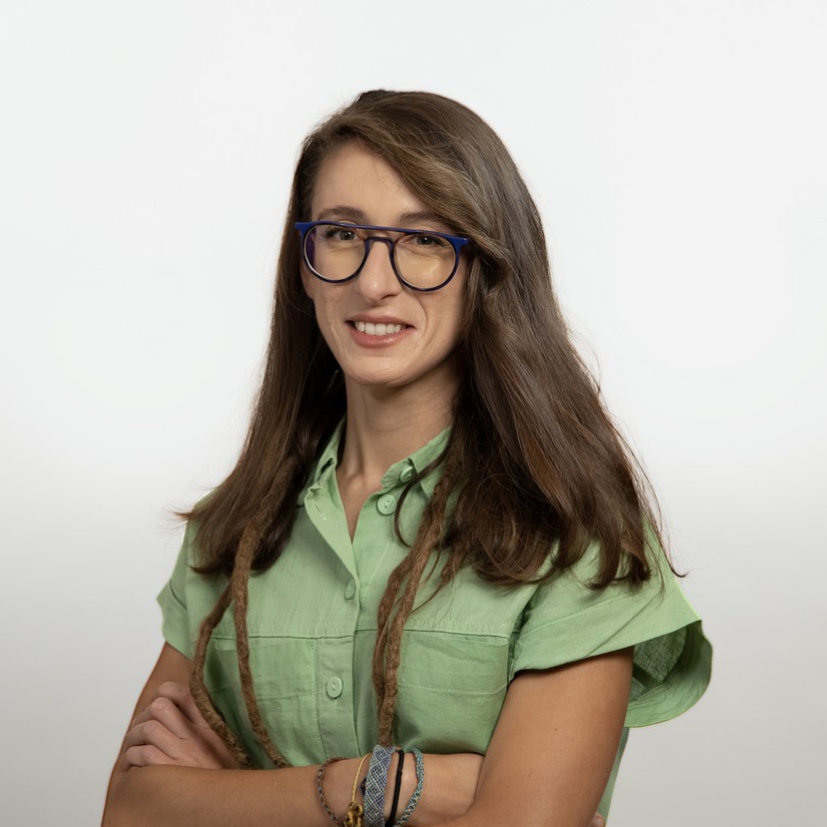
Hosted at ESAC
Proposal Title: Unifying the neutron star zoo
Alice (she/her) received her Bachelor’s and Master’s degrees in Physics at the University of Padova (Italy). She then moved to the Netherlands, where she completed her PhD at the University of Amsterdam investigating the X-ray emission of isolated neutron stars. After a first postdoc at the Institute of Space Sciences in Barcelona (Spain), where she was awarded a Juan de la Cierva Fellowship, Alice went to the Instituto de Astrofísica de Canarias (Tenerife, Spain) to broaden her expertise studying low-mass X-ray binaries. She currently holds a L’Oréal-UNESCO For Women In Science Fellowship at the Astronomical Observatory of Rome (Italy).
Isolated neutron stars show an amazing variety of behaviors according to their age, magnetic field strength, emission mechanism, and surrounding environment. These surprisingly diverse observational manifestations have led astronomers to classify neutron stars into many classes. It is like we are wandering in a zoo and admiring different species. The challenge in the neutron star world is to build an overarching grand unification theory that can explain this great complexity. Alice’s project at ESA focuses on tackling this diversity. Alice aims to find observational evidence for a unified scenario and unveil possible evolutionary links among different neutron star classes thanks to XMM-Newton observations.
- Removed a total of (1) style float:left;
Louise Breuval
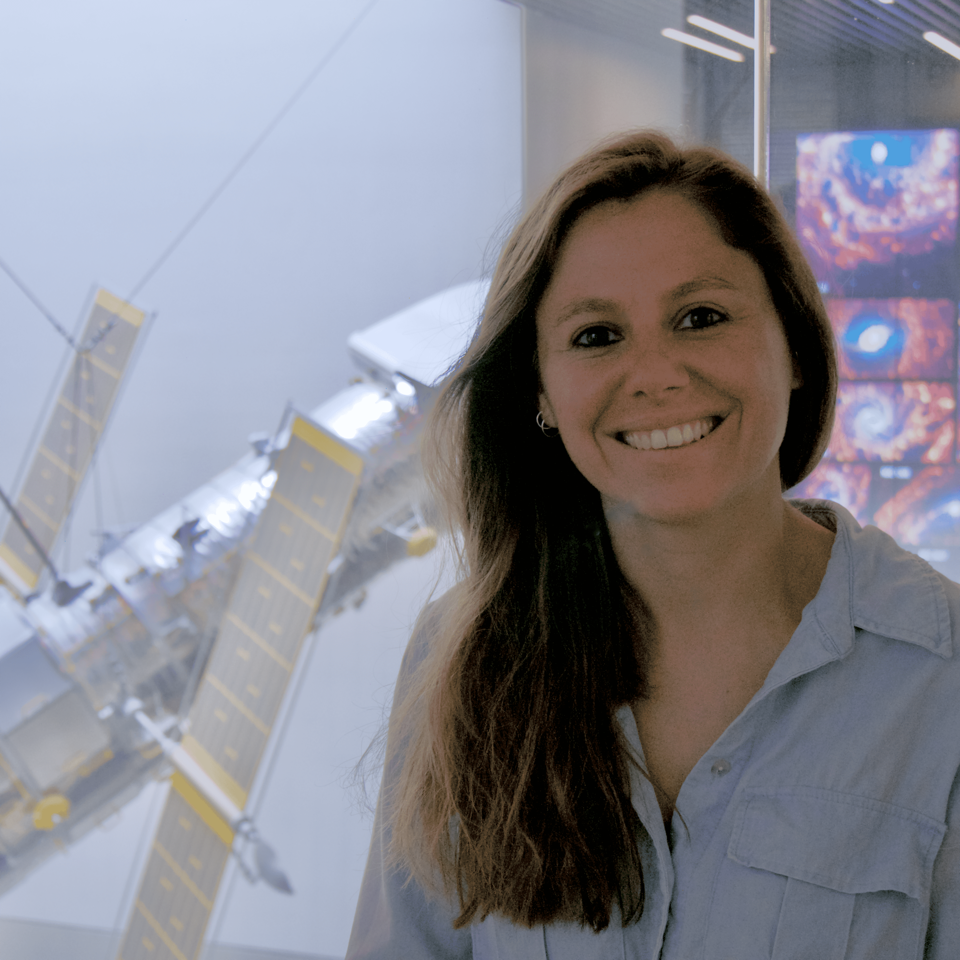
Hosted at STScI
Proposal Title: Reinforcing the distance ladder to understand the expansion of the Universe
Louise graduated in fundamental physics and astronomy from Paris Saclay University (France) in 2018. She obtained her PhD in astronomy from Paris Observatory in 2021 as a member of the Araucaria Project, specializing in Cepheid distance measurements and their period-luminosity relation in the Milky Way using ESA's Gaia mission data. In 2022, she joined the SH0ES team as a postdoctoral researcher at the Johns Hopkins University in Baltimore, extending her work on Cepheids in Local Group galaxies with the NASA/ESA Hubble Space Telescope.
Louise’s project at ESA focuses on improving the local distance ladder with the goal of reaching a 1% precision in the Hubble constant (the expansion rate of the Universe today). She will characterize various systematic effects in distance measurements using different standard candles (Cepheids, the tip of the red giant branch, carbon stars) in nearby galaxies and improve their calibration with data from HST, NASA/ESA/CSA JWST and Gaia. Her work will help to better understand the puzzling tension between the late and early universe measurements of Hubble constant, and possibly provide stronger evidence for physics beyond the standard model.
- Removed a total of (1) style float:left;
Sam Fayolle

Hosted at ESTEC
Proposal Title: Io’s orbit and interior through JUICE’s eyes
Sam (he/him) studied engineering in Nantes, France, and moved to the Netherlands to specialise in astrodynamics at TU Delft. He continued at TU Delft for his PhD, working on improving our knowledge of the Galilean moons’ dynamics in the context of the recently launched ESA JUICE and upcoming NASA Europa Clipper missions. He is involved in the PRIDE (Planetary Radio Interferometry and Doppler Experiment) and JUICE science teams.
Sam’s project will focus on the special case of the innermost Galilean moon, Io. Investigating the origin and evolution of the Galilean satellites - including their habitability potential - requires a detailed characterisation of their current orbits and interiors. However, the Laplace resonance between Io, Europa, and Ganymede induces a strong dynamical coupling between these three moons. Due to this, the absence of flyby around Io complicates obtaining a robust and consistent solution for the system’s thermal-orbital state using radio science only. Sam therefore proposes to exploit synergies with other JUICE observations to constrain Io’s dynamics and interior. He will specifically assess how images from JUICE's science and navigation cameras, and stellar occultations by Io observed from the spacecraft, can improve the radio science solution.
- Removed a total of (1) style float:left;
Jack M. Jenkins
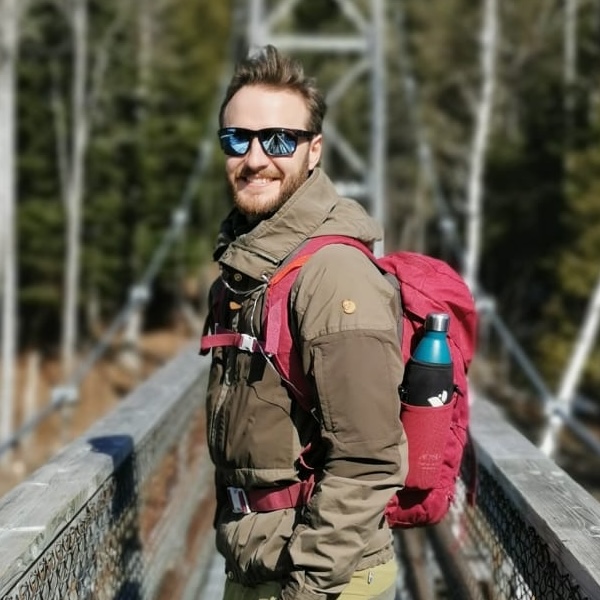
Hosted at ESAC
Proposal Title: The self-consistent formation, evolution, and radiative transfer of solar prominences within a turbulently heated corona
Jack (he/him) studied astrophysics in Aberystwyth, Wales, and Longyearbyen, Svalbard before doing his PhD in solar physics at University College London’s Mullard Space Science Laboratory, UK. His first postdoctoral position was at KU Leuven, Belgium, where he joined the ERC Advanced Grant PROMINENT project to work on state-of-the-art numerical simulations of the solar atmosphere.
Jack’s project focuses on building bridges between innovative numerical simulations of solar prominences and the observations from ESA’s flagship Solar Orbiter which give the simulations their initial inspiration. Employing the technique of radiative transfer, he effectively paints his simulations as a physical observatory would see them. The true artistry lies in his fine tuning of the underlying, turbulent models to have them match what our scientific instruments see when pointed at the Sun. Jack's endeavours not only aim to blend simulations with observational data but to understand what is needed to bring the simulations closer to reality; why demand such a specific combination of colours from the palette of available physics?
- Removed a total of (1) style float:left;
Eva Laplace

Hosted at ESTEC
Proposal Title: Aiming for the massive stars: understanding progenitors of black holes and supernovae in the Gaia era
Eva (she/her) studied physics at the University of Tübingen (Germany). She completed her bachelor thesis project at ESAC (Spain) as a trainee, and her master thesis project at RIKEN, Wako-shi (Japan) investigating observational properties of X-ray binaries. She obtained her PhD at the University of Amsterdam (the Netherlands), where she specialized in theoretical predictions of the life, death, and afterlife of massive binary stars. Eva further expanded her work on the fate of massive binary stars at the Heidelberg Institute of Theoretical Studies (Germany) as a postdoctoral researcher.
At ESTEC, Eva will combine her theoretical models of the formation of black holes and supernovae with existing and upcoming observations of black holes and neutron stars across cosmic time. In particular, she will study the exciting observations of new black holes discovered by ESA’s Gaia mission to better understand which massive stars explode, and which ones form black holes at the end of their life.
- Removed a total of (1) style float:left;
David O’Ryan
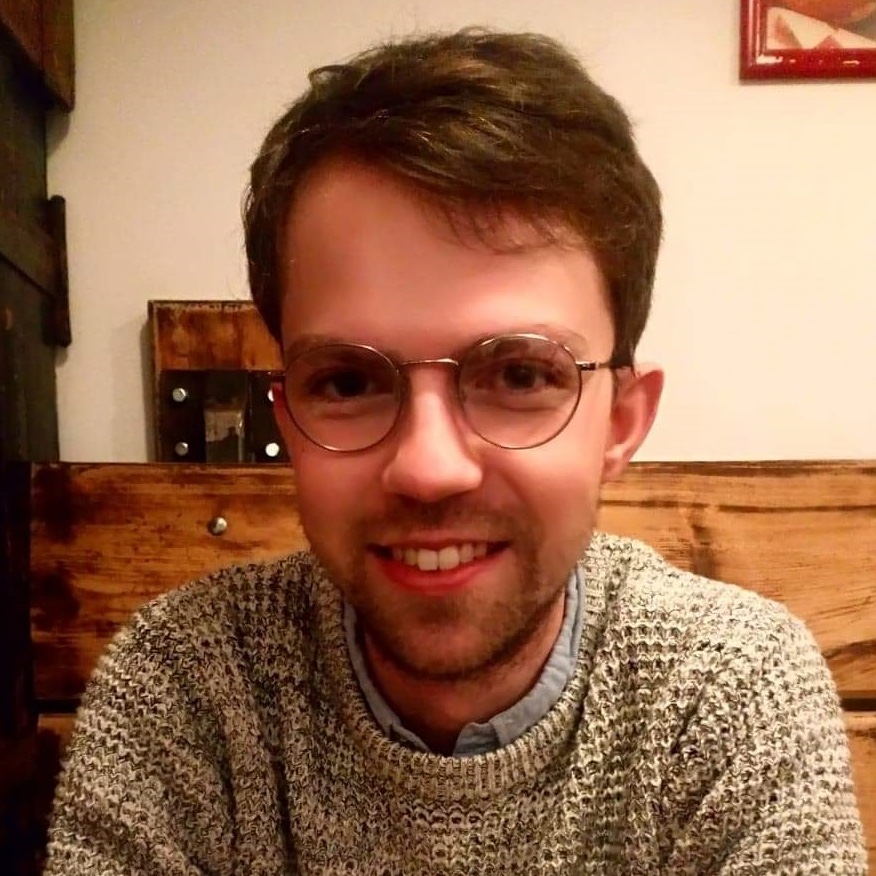
Hosted at ESAC
Proposal Title: Towards a Statistical Understanding of Galaxy Evolution
David O’Ryan (he/him) studied physics and astronomy at the University of Glasgow before completing his PhD in galaxy evolution at Lancaster University, UK. His first postdoctoral position was at the Centro de Astrobiología (CAB) in Madrid, Spain. There, he worked with Miguel Mas-Hesse (CAB) and Sandor Kruk (ESA) on investigating the relationship between galaxy morphology and their environment through cosmic time.
David's project aims to continue exploring the relationship between galaxy morphology and galaxy evolution. A particular emphasis will be put on the relationship between galaxy interaction and the ignition of active galactic nuclei. As two galaxies collide, the gas within them is highly disturbed and begins to fall into the galactic centre and can cause the growth of the central supermassive black hole. However, when in the interaction and under what interaction conditions this occurs is debated. He will combine new machine learning methods with ESA Datalabs to create the largest galaxy morphology catalogue to date, and identify interacting systems within it. With a large sample from this catalogue, the evolution of AGN with galaxy interaction can be constrained against a host of other galactic, environmental and temporal parameters.
- Removed a total of (1) style float:left;
Erwan Quintin
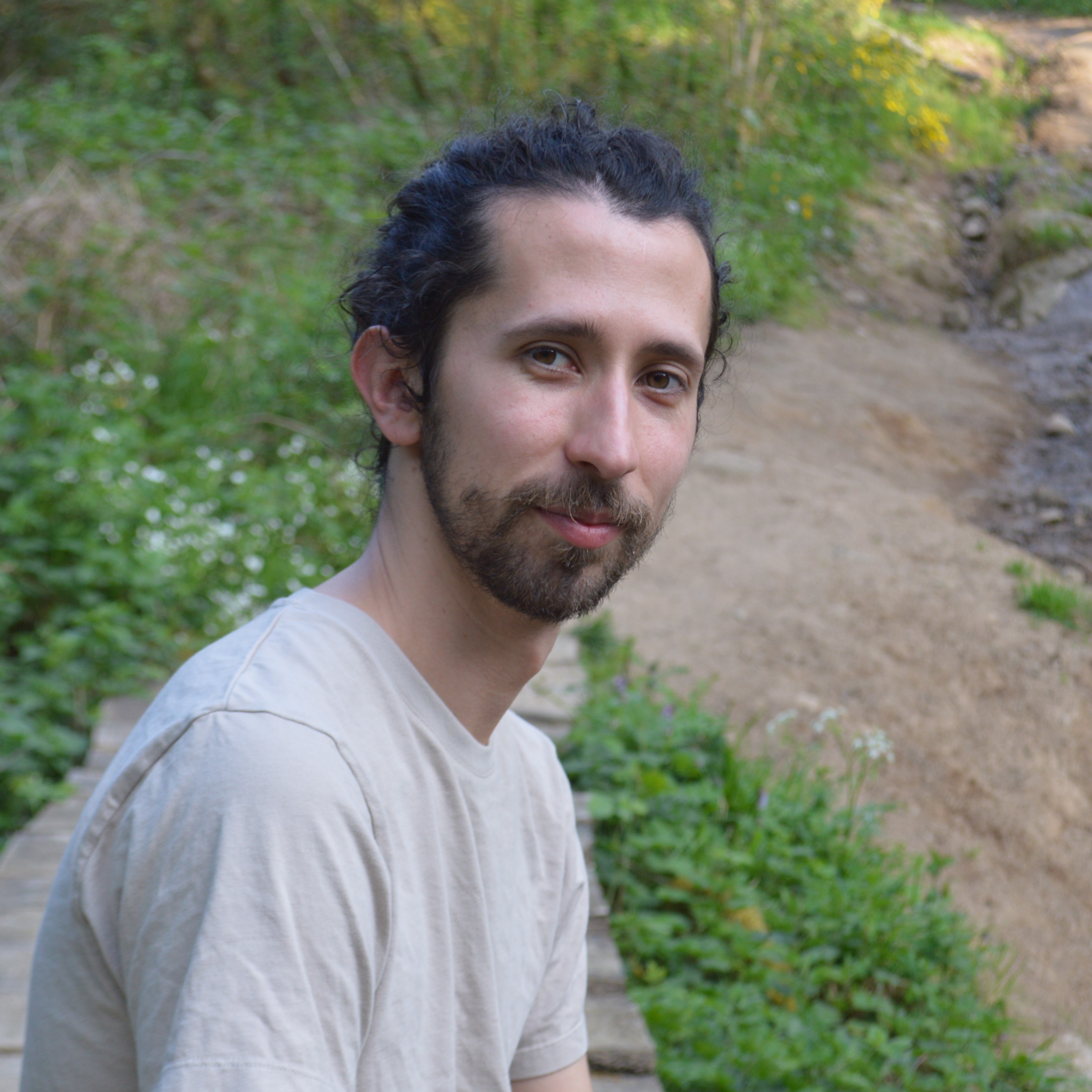
Hosted at ESAC
Proposal Title: From TDEs to QPEs: Understanding the tantrums of the Universe
Erwan studied aerospace engineering at École polytechnique (Paris, France) and ISAE SupAero (Toulouse, France). He then completed his PhD in Astrophysics at IRAP (Toulouse, France), focusing on data mining the X-ray archives in search of yet-undetected transient events.
Erwan’s project at ESA focuses on studying the possible link between two specific types of transient events: Tidal Disruption Events (TDEs – a bright burst of light when a star is destroyed around a black hole), and Quasi-Periodic Eruptions (QPEs – very rare repeated hour-long flares of soft X-rays, yet to be explained). Only a handful of QPEs are known, and some of them were seen in the late stages of TDEs, suggesting a possible link between these two phenomena. Erwan’s approach to this problem is observation-based: by increasing the available sample of both phenomena, we will be better able to constrain the current models. To do this, he will make use of STONKS, a project he led during his PhD which aims at using ESA’s XMM-Newton X-ray telescope as a transient detection system. He will also make use of data from the ESA’s Gaia and XRISM, a JAXA/NASA mission with ESA participation, and anticipate on the results from the future large mission NewAthena.
- Removed a total of (1) style float:left;
Matilde Signorini
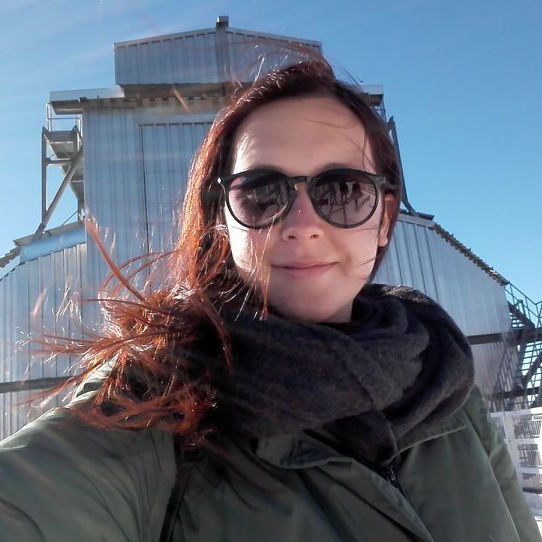
Hosted at ESTEC
Proposal Title: X-rays to uncover the mysteries of AGN
Matilde (she/her) obtained her bachelor’s and masters’ degrees in Physics and Astrophysics at the University of Florence (Italy), where she also completed her PhD in 2024 with her thesis “Active Galactic Nuclei as cosmological probes”. During her PhD, she also spent time as a Visiting Gradutare Researcher at UCLA (Los Angeles, USA), where she worked on Reverberation Mapping. She is currently a Postdoctoral reseracher at University of Roma 3 (Italy).
At ESA, Matilde will study the emission of Active Galactic Nuclei (AGN), which originates from the accretion of material onto Supermassive Black Holes (SMBH) at the center of galaxies. In particular, she will investigate the link between the emission of the accretion disk around the SMBH, which peaks in the ultraviolet, and the emission coming from the ‘corona’, a hot electron plasma that is found in the close vicinity of the SMBH and that emits in the X-ray. She will use X-ray data form the ESA’s XMM-Newton satellite together with multi-wavelength data to gain a deeper understainding of the physical mechanisms that powers these bright objects.
- Removed a total of (1) style float:left;
Lorenzo Speri
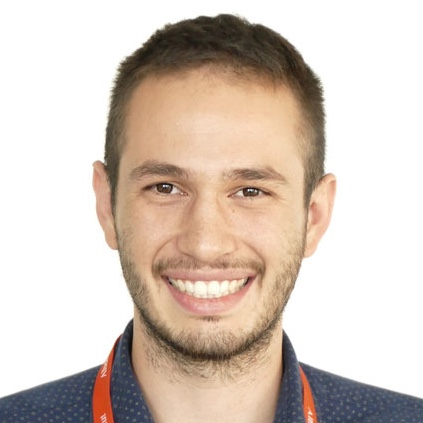
Hosted at ESTEC
Proposal Title: Preparation to deliver the scientific potential of LISA
Lorenzo started his academic journey in physics, beginning with his undergraduate studies, at the University of Trento in Italy. He then pursued a Master's degree in Theoretical Physics at Heidelberg University, Germany. Afterward, he conducted his Ph.D. at the Max Planck Institute for Gravitational Physics (Albert Einstein Institute) in Postdam, where he worked on data analysis and modeling of gravitational waves. His research focused on analyzing Pulsar Timing Array data, modeling LISA sources, and exploring their scientific potential.
Gravitational waves are spacetime deformations that allow us to explore the most extreme celestial events, like the merger of black holes. The future ESA mission Laser Interferometer Space Antenna (LISA) is a forthcoming space-based gravitational wave interferometer that will probe low frequency gravitational waves in the yet unexplored milliHertz regime. To fully exploit LISA's potential, Lorenzo will work on developing precise waveform models and data analysis pipelines vital for the scientific success of the mission. Specifically, he aims to advance the understanding of Extreme Mass Ratio Inspirals (EMRIs), a key yet understudied source of gravitational waves where a stellar mass black hole or a neutron star spirals into a suppermassive black hole.
- Removed a total of (1) style float:left;
Domenico Trotta

Hosted at ESAC
Proposal Title: Particle energization and transport using modern spacecraft missions (PESTO)
Domenico Trotta (he/him) studied physics at University of Calabria (Italy). He then moved to the UK, where he obtained a PhD from Queen Mary University of London. Domenico did his first postdoc at University of Calabria, working on the EU-funded project Artificial Intelligence and Data Analysis (AIDA). In 2021, he started another postdoctoral research position at Imperial College London, working on the EU-funded project SERPENTINE (Solar energetic particle analysis platform for the inner heliosphere).
Domenico’s project at ESA will focus on how energetic particles, ubiquitous in astrophysical systems, are produced. To this end, he will study interplanetary shock waves, excellent “natural particle accelerators” propagating in the heliosphere due to solar activity phenomena, and their interaction with the turbulent heliospheric plasma. Crucially, Domenico will exploit direct measurements of such shocks, uniquely possible in the heliosphere and providing the missing link to astrophysical systems where only remote observations are possible. The novel measurements of shocks in the inner heliosphere by ESA’s Solar Orbiter will be pivotal for Domenico’s project, which will then use other missions at different distances from the Sun, (e.g., ESA’s Cluster, NASA’s Voyager) to probe different heliospheric regions.
- Removed a total of (1) style float:left;
Bert Vander Meulen

Hosted at ESTEC
Proposal Title: Challenging the AGN ‘torus’ paradigm in X-rays
Bert (he/him) grew up in Lovendegem, a small village close to Ghent (Belgium), and later studied Physics and Astronomy at the University of Ghent. During his Master’s, he analysed XMM-Newton data of novae in outburst as an ESA trainee at ESAC, the European Space Astronomy Centre near Madrid (Spain). As an FWO PhD Fellow, Bert worked on extending the 3D radiative transfer code SKIRT into the X-ray domain, to study the gas and dust that is surrounding active galactic nuclei (AGN) in X-rays.
Bert's project aims to reveal the detailed distribution of gas and dust that is surrounding and obscuring the powerfull engines of active galactic nuclei, and challenge the classical ‘dusty torus’ paradigm in X-rays. He will use radiative transfer simulations to constrain the distribution of gas and dust in local AGN from X-ray observations, focusing on XMM-Newton archival data and the first-ever XRISM data, and prepare for ESA’s next X-ray flagship mission NewAthena.
- Removed a total of (1) style float:left;
Further information: Research Fellowships in Space Sciences & Exploration | RF FAQ | RF contact form | All current RFs
Last modified: 25 April 2024
- Removed a total of (1) style text-align:center;
- Removed a total of (1) style text-align:right;








































 Sign in
Sign in
 Science & Technology
Science & Technology